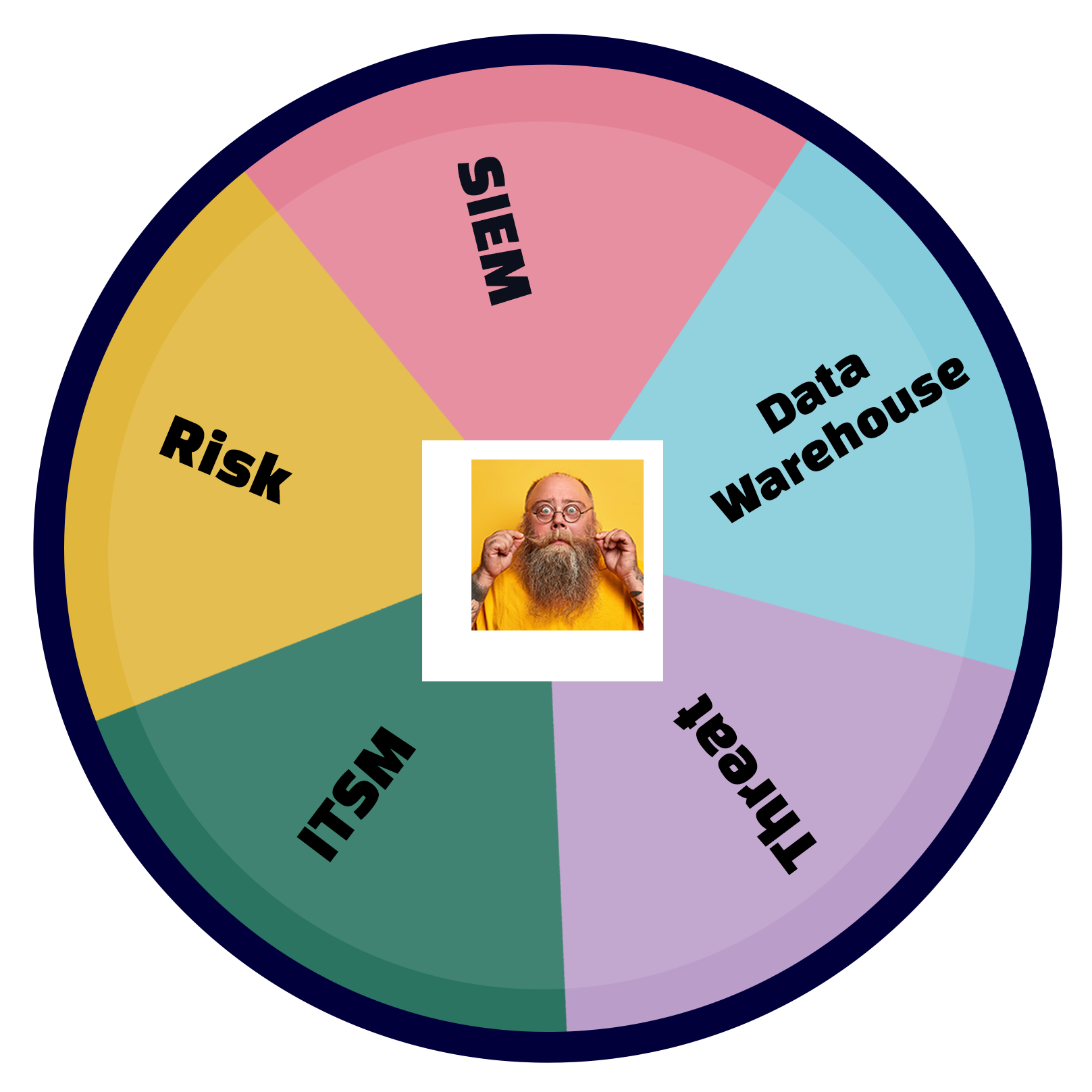[et_pb_section fb_built=”1″ admin_label=”section” _builder_version=”4.16″ da_disable_devices=”off|off|off” global_colors_info=”{}” da_is_popup=”off” da_exit_intent=”off” da_has_close=”on” da_alt_close=”off” da_dark_close=”off” da_not_modal=”on” da_is_singular=”off” da_with_loader=”off” da_has_shadow=”on”][et_pb_row admin_label=”row” _builder_version=”4.16″ background_size=”initial” background_position=”top_left” background_repeat=”repeat” global_colors_info=”{}”][et_pb_column type=”4_4″ _builder_version=”4.16″ custom_padding=”|||” global_colors_info=”{}” custom_padding__hover=”|||”][et_pb_text admin_label=”You don’t have to if you don’t want to” _builder_version=”4.16″ _module_preset=”default” global_colors_info=”{}”]
You don’t have to if you don’t want to. However, if you ignore it, you might just find yourself in the same boat as some of these top companies.
When an asset hits the End-of-Life stage, your trouble has just begun. The asset has now become a target of interest to bad actors.
Countless companies have become victims of cyber-attacks because of unpatched, unmanaged, and unknown assets. Still not convinced that this is a real issue?
Take a look at these real-life examples:
[/et_pb_text][et_pb_text admin_label=”5. Target” _builder_version=”4.16″ _module_preset=”default” global_colors_info=”{}”]
5. Target, in 2013
- 110 million people’s data exposed
- 40 million debit and credit transaction records stolen
A security breach, targeted at an unpatched third-party vendor system, was used to access the assets. Malware was then installed to capture information such as customer names, emails, credit and debit card information, and more.
[/et_pb_text][et_pb_text admin_label=”4. Uber, in 2017″ _builder_version=”4.16″ _module_preset=”default” global_colors_info=”{}”]
4. Uber, in 2017
- Personal data of 57 million customers stolen
- Paid a total of $148 million in settlement costs to customers and drivers
When a third-party vendor system was targeted, Uber paid hackers $100,000 to delete the stolen information and then failed to report the data breach to the affected customers and drivers. Not only did Uber end up having to pay $148 million in settlement costs, but its valuation dropped from $68 billion to $48 billion almost overnight.
[/et_pb_text][et_pb_text admin_label=”3. US Government Voter Registry, in 2017″ _builder_version=”4.16″ _module_preset=”default” global_colors_info=”{}”]
3. US Government Voter Registry, in 2017
- 198 million voter records compromised
- Exposed and unsecured server led to largest voter records leak to date
A simple unpatched Amazon server was breached, and information including voter name, date of birth, and home address was leaked. The breach also included data such as voter ethnicities, religions, and the voter’s registered political party.
[/et_pb_text][et_pb_text admin_label=”2. Equifax, in 2017″ _builder_version=”4.16″ _module_preset=”default” global_colors_info=”{}”]
2. Equifax, in 2017
- 143 million customer’s personal records compromised
- 209,000 customer’s credit card information breached
This security breach was connected to Apache Struts, and the lawsuits and fines attempting to cover punitive damages to save the brand have been an ongoing effort since the breach in 2017.
[/et_pb_text][et_pb_text admin_label=”Yahoo” _builder_version=”4.16″ _module_preset=”default” global_colors_info=”{}”]
1. Yahoo, in 2013, 2014, 2016, 2017… and counting.
- 500 million users exposed
- Innumerable breaches over the years
Yahoo is perhaps the worst of them all. This is one of the main reasons that Verizon purchased Yahoo and rebranded the company as Altaba, Inc. Yahoo eventually made a public announcement that essentially said: “Pretty much everyone who has ever had a Yahoo account has been breached.”[/et_pb_text][/et_pb_column][/et_pb_row][et_pb_row admin_label=”row” _builder_version=”4.16″ background_size=”initial” background_position=”top_left” background_repeat=”repeat” width=”100%” module_alignment=”center” custom_margin=”||0px||false|false” custom_padding=”||0px||false|false” global_colors_info=”{}”][et_pb_column type=”4_4″ _builder_version=”4.16″ custom_padding=”|||” global_colors_info=”{}” custom_padding__hover=”|||”][et_pb_button button_url=”@ET-DC@eyJkeW5hbWljIjp0cnVlLCJjb250ZW50IjoicG9zdF9saW5rX3VybF9hdHRhY2htZW50Iiwic2V0dGluZ3MiOnsicG9zdF9pZCI6IjExNjg3In19@” url_new_window=”on” button_text=”View Infographic” button_alignment=”center” _builder_version=”4.16″ _dynamic_attributes=”button_url” _module_preset=”default” custom_button=”on” global_colors_info=”{}”][/et_pb_button][et_pb_image src=”https://lucidum.io/wp-content/uploads/2022/04/infographic-mockup.jpg” url=”https://lucidum.io/wp-content/uploads/2022/04/Lucidum_March_Infographic_2022-scaled-1.jpg” show_bottom_space=”off” force_fullwidth=”on” _builder_version=”4.16″ _module_preset=”default” global_colors_info=”{}”][/et_pb_image][/et_pb_column][/et_pb_row][/et_pb_section]









